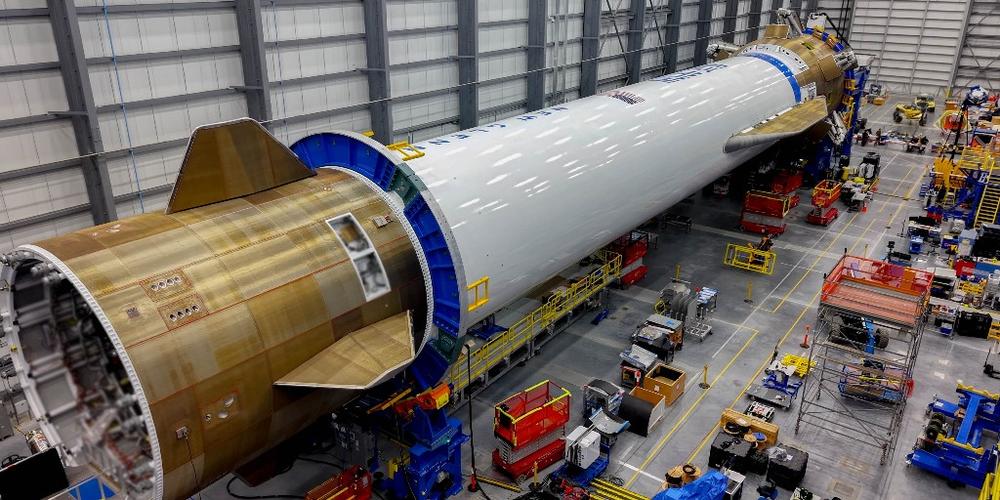Blue Origin rolled the first stage of its massive New Glenn rocket from its hangar on Wednesday morning in Florida, kicking off the final phase of the campaign to launch the heavy-lift vehicle for the second time.
In sharing video of the rollout to Launch Complex-36 on Wednesday online, the space company did not provide a launch target for the mission, which seeks to put two small Mars-bound payloads into orbit. The pair of identical spacecraft to study the solar wind at Mars is known as ESCAPADE.
However, sources told Ars that on the current timeline, Blue Origin is targeting a launch window of November 9 to November 11. This assumes pre-launch activities, including a static-fire test of the first stage, go well.
Actually, we will tell you the odds
Blue Origin has a lot riding on this booster, named "Never Tell Me The Odds," which it will seek to recover and reuse. Despite the name of the booster, the company is quietly confident that it will successfully land the first stage on a drone ship named Jacklyn. Internally, engineers at Blue Origin believe there is about a 75 percent chance of success.
From the outside, that estimate seems on the high side of things. During the rocket's first flight in January, the first stage was lost after successfully boosting its payload to orbit. Blue Origin has provided few details about the propulsion issues that led to the loss of the first stage, which never got close to the drone ship. But it's clear that the company was unable to test many of the key aspects of controlling the rocket's flight through the atmosphere and stabilizing itself upon touchdown. A lot of software has to go right to nail the delicate landing dance.
The only comparison available is SpaceX, with its Falcon 9 rocket. The company made its first attempt at a powered descent of the Falcon 9 into the ocean during its sixth launch in September 2013. On the vehicle's ninth flight, it successfully made a controlled ocean landing. SpaceX made its first drone ship landing attempt in January 2015, a failure. Finally, on the vehicle's 20th launch, SpaceX successfully put the Falcon 9 down on land, with the first successful drone ship landing following on the 23rd flight in April 2016.
SpaceX did not attempt to land every one of these 23 flights, but the company certainly experienced a number of failures as it worked to safely bring back an orbital rocket onto a small platform out at sea. Blue Origin's engineers, some of whom worked at SpaceX at the time, have the benefit of those learnings. But it is still a very, very difficult thing to do on the second flight of a new rocket. The odds aren't 3,720-to-1, but they're probably not 75 percent, either.
Reuse a must for the bottom line
Nevertheless, for the New Glenn program to break even financially and eventually turn a profit, it must demonstrate reuse fairly quickly. According to multiple sources, the New Glenn first stage costs in excess of $100 million to manufacture. It is a rather exquisite piece of hardware, with many costs baked into the vehicle to make it rapidly reusable. But those benefits only come after a rocket is landed in good condition.
On its nominal plan, Blue Origin plans to refurbish the "Never Tell Me The Odds" booster for the New Glenn program's third flight, a highly anticipated launch of the Mark 1 lunar lander. Such a refurbishment—again, on a nominal timeline—could be accomplished within 90 days. That seems unlikely, though. SpaceX did not reuse the first Falcon 9 booster it landed, and the first booster to re-fly required 356 days of analysis and refurbishment.
Nevertheless, we're not supposed to talk about the odds with this mission. So instead, we'll just note that the hustle and ambition from Blue Origin is a welcome addition to the space industry, which benefits from both.

 A break down of the H-1B changes — and why more changes could come
A break down of the H-1B changes — and why more changes could come